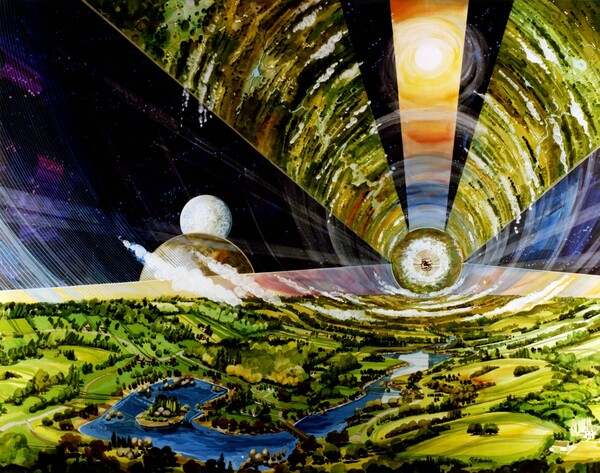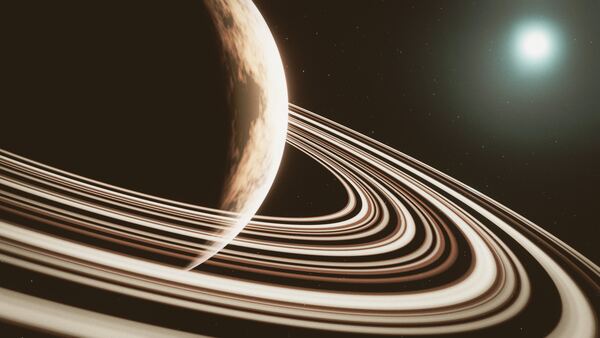3D Printing And O’Neill Cylinder Autonomous Construction

Building O’Neill Cylinders in space: The role of 3D printing and autonomous construction. Find out more about 3D printing and o’Neill cylinder autonomous construction.
O’Neill Cylinders And Long-Term Space Colonization

O’Neill Cylinders: A futuristic solution for long-term space colonization? Find out more about O’Neill cylinders and long-term space colonization.
Environmental Impact Of O’Neill Cylinders

The environmental impact of O’Neill Cylinders on outer space and the Earth. Find out more about Environmental Impact Of O’Neill Cylinders.

